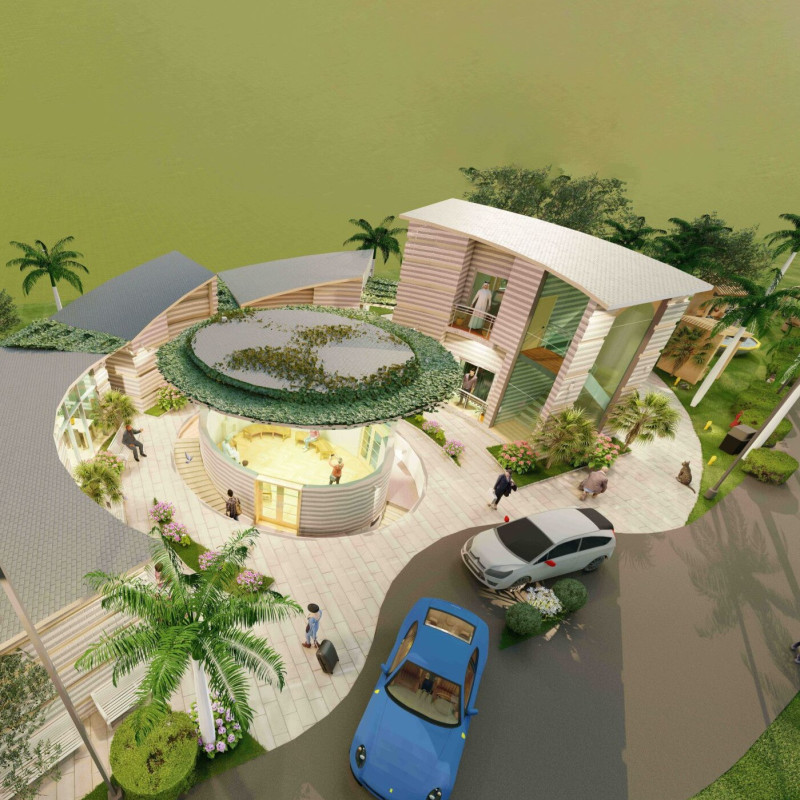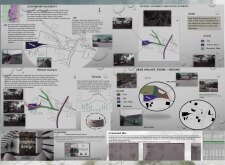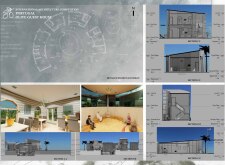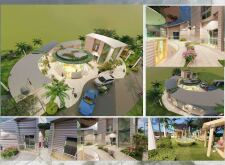5 key facts about this project
**Overview**
The Olive Guest House, located in Lisbon, Portugal, is designed for an international architecture competition. It integrates local culture with modern functionality, focusing on environmental sustainability and guest experience. The project highlights the significance of biophilic design, drawing inspiration from the traditional craft of olive oil production, which promotes a connection between the structure and its natural surroundings while fostering community engagement.
**Spatial Strategy and Community Engagement**
The layout of the guest house features circular forms and open spaces, allowing for multifunctional areas that can accommodate diverse group configurations. Key facilities include a communal dining space, a meditation room, and adaptable halls designed for various gatherings, underscoring a commitment to social interaction among guests. The incorporation of a central courtyard serves as a focal point for community interaction, enhancing the overall guest experience and promoting a sense of belonging.
**Material and Environmental Considerations**
The material selection emphasizes sustainability and local craftsmanship. Predominantly, wood finishes are utilized for walls and ceilings to create a warm, inviting atmosphere while providing insulation. Large glass elements facilitate a connection to the exterior and maximize natural light, contributing to the building's energy efficiency. Textured stone accents enhance both stability and aesthetic appeal, fostering a relationship with the landscape. The construction incorporates eco-friendly roofing materials designed to manage heat reflectivity and rainwater runoff, reinforcing the project's environmental goals.

























































